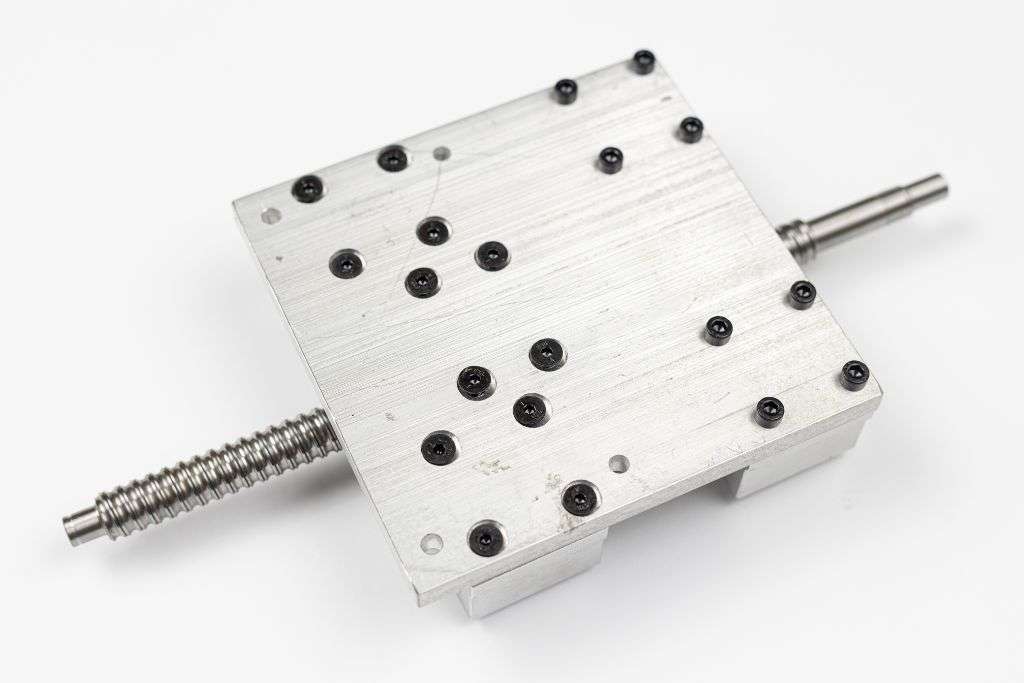
Aug 11,2023
In the world of precision engineering, where accuracy and durability are paramount, the choice of materials plays a pivotal role. Among the array of options available, aluminum machining parts have garnered significant attention.
Why, you ask? Well, in this exploration, we will dive into the world of precision machined aluminum parts and unravel the reasons behind their widespread adoption.
The Versatility of Aluminum Machining Parts
Lightweight Construction with Heavyweight Strength
When it comes to crafting components that demand a delicate balance between strength and weight, aluminum shines like a star in the night sky. Its remarkable lightweight nature ensures that the final product is easy to handle without compromising on durability.
This is particularly advantageous in industries like aerospace, automotive, and electronics, where every gram counts. The use of aluminum machining parts in such sectors allows for improved fuel efficiency, enhanced maneuverability, and extended product lifecycles.
Precision machined aluminum parts are the embodiment of accuracy. Aluminum, with its innate properties, offers the perfect canvas for intricate designs and complex geometries. CNC (Computer Numerical Control) machining, in conjunction with aluminum, leads to components with unparalleled precision and tight tolerances.
This symbiotic relationship between material and technology paves the way for components that fit seamlessly, reducing wear and tear and improving overall performance.
Corrosion Resistance: Aluminum's Shield
Aluminum boasts exceptional corrosion resistance, making it an ideal candidate for components exposed to harsh environmental conditions. This innate ability to form a protective oxide layer shields the underlying material from corrosion, ensuring the longevity of the end product.
Whether it's outdoor machinery or marine equipment, aluminum machining parts stand as a robust fortress against the relentless forces of nature.
In scenarios where temperature regulation is crucial, aluminum machining parts exhibit their remarkable thermal conductivity. This property enables efficient heat dissipation, preventing overheating and potential malfunctions.
From heat sinks in electronics to cooling systems in industrial machinery, aluminum's ability to keep its cool shines through.
The contemporary world is fixated on sustainability, and aluminum aligns perfectly with this ethos. It is infinitely recyclable, requiring just a fraction of the energy needed to produce virgin aluminum.
By opting for aluminum machining parts, industries not only contribute to reduced environmental impact but also showcase their commitment to a greener future.
In the realm of precision engineering, where accuracy and performance reign supreme, aluminum machining parts emerge as a beacon of excellence. Their lightweight yet sturdy nature, coupled with unrivaled precision and tolerance, positions them as the go-to choice for industries seeking to craft components that stand the test of time.
From corrosion resistance to thermal conductivity, aluminum CNC machining components offer an array of benefits that shape industries and contribute to a more sustainable future. So, when it's about crafting precision with a touch of ingenuity, think aluminum – the material that molds innovation with reliability.
Yes, aluminum can be easily integrated with other materials, providing engineers with versatile design options.
Absolutely, modern engineering techniques and CNC machining ensure that aluminum components can handle substantial loads without compromise.
Yes, the relatively low cost of aluminum, coupled with its longevity and recyclability, makes it a cost-effective choice in the long run.
Certainly, due to its biocompatibility, aluminum is utilized in various medical devices and equipment.